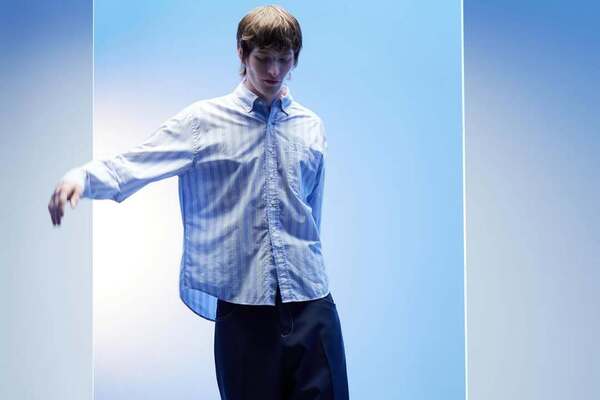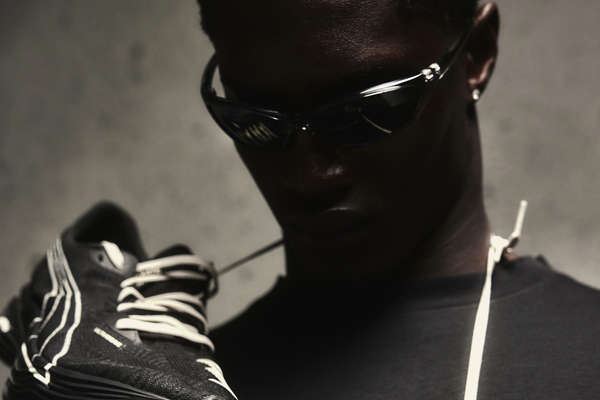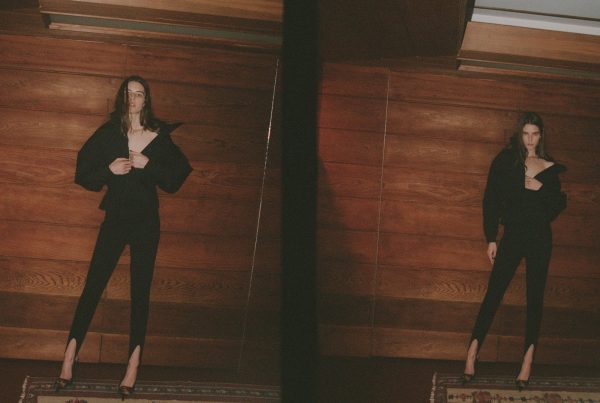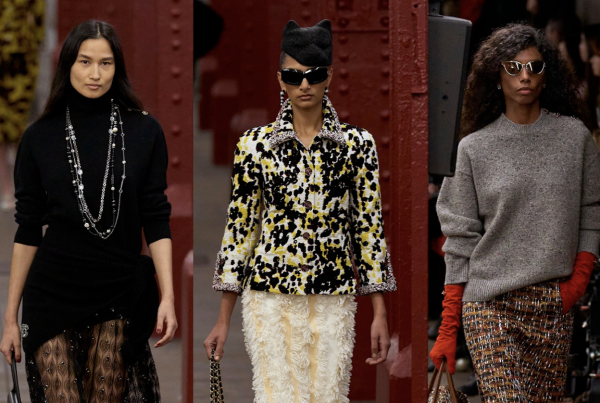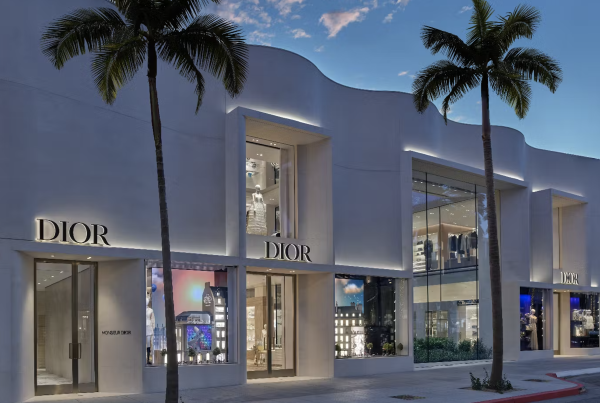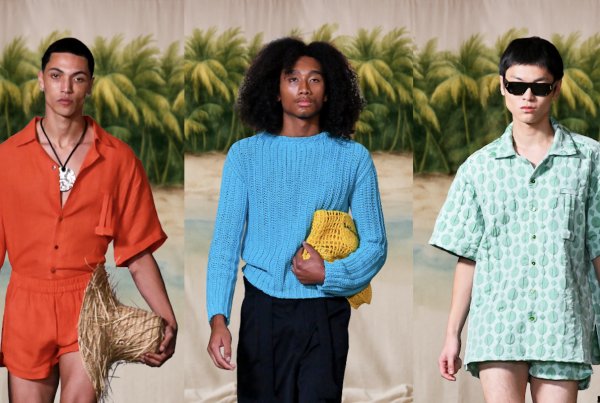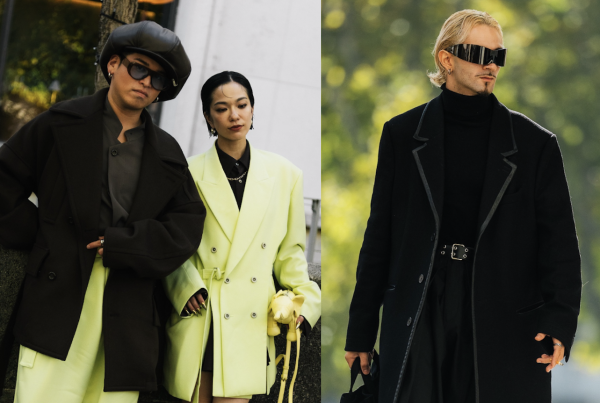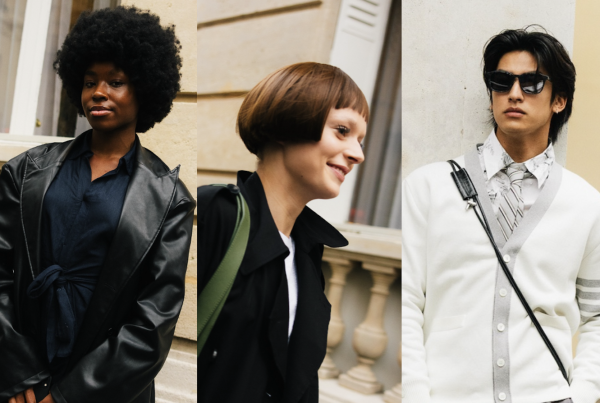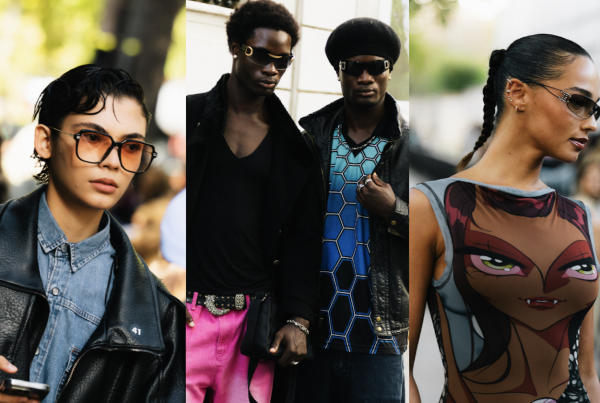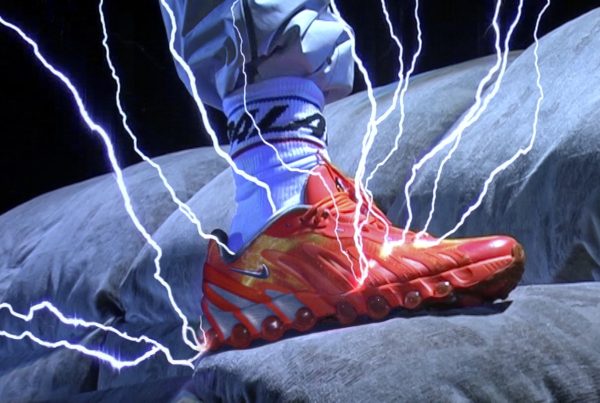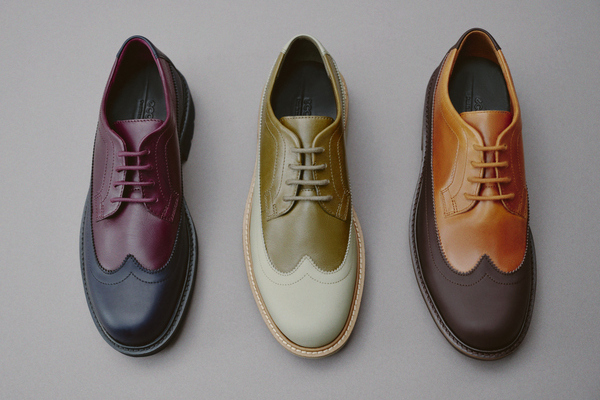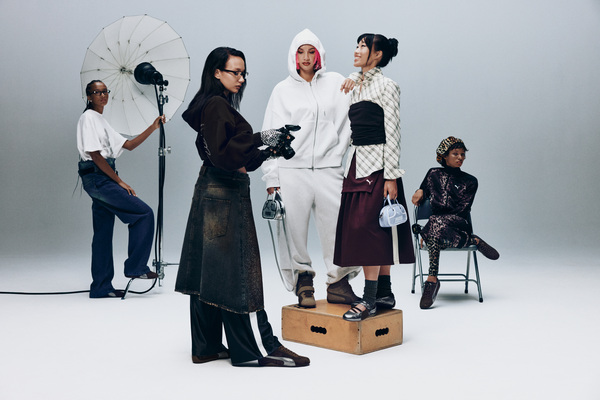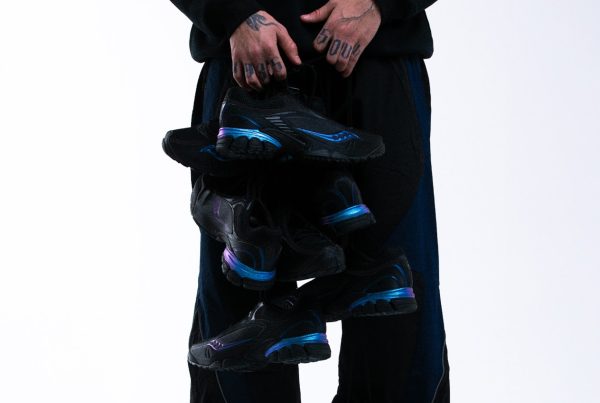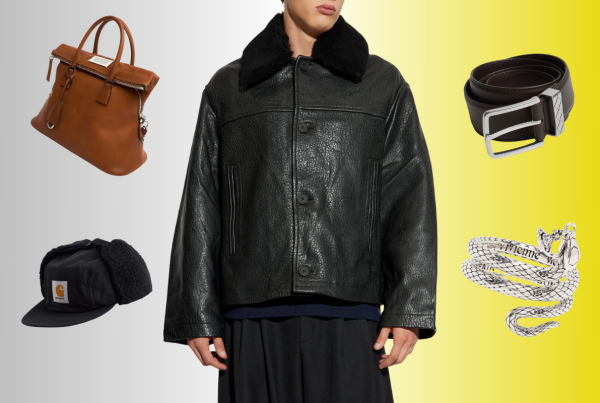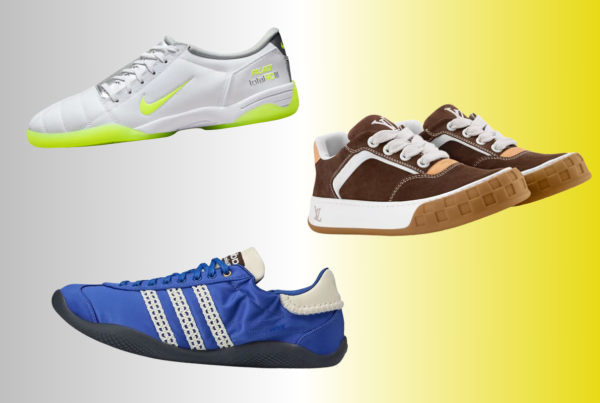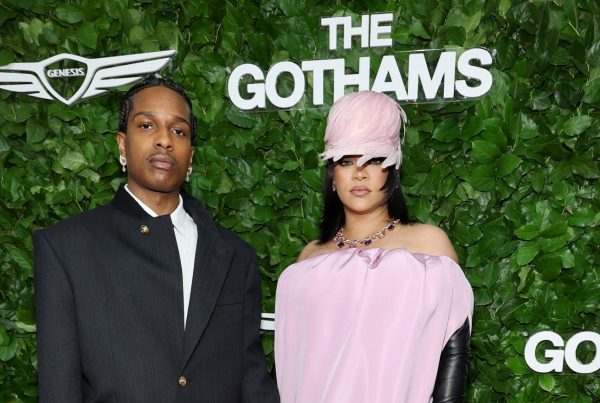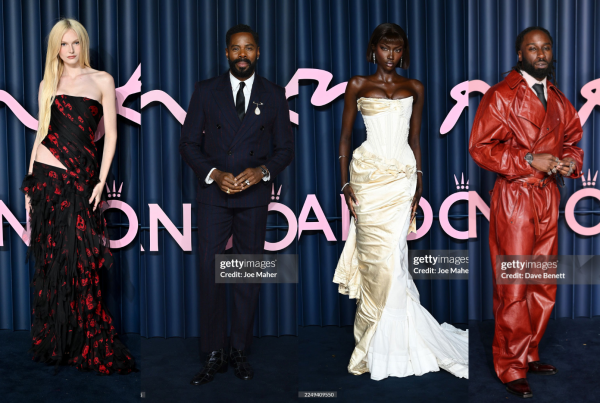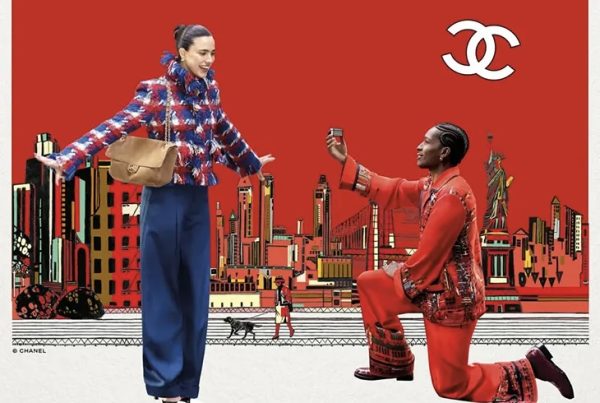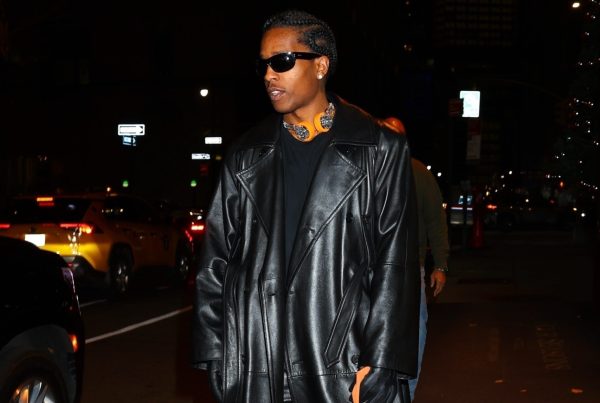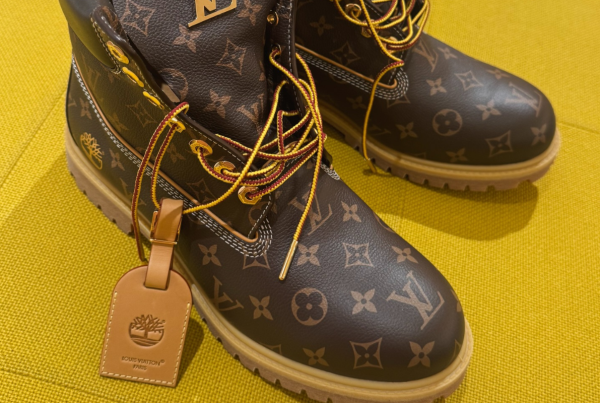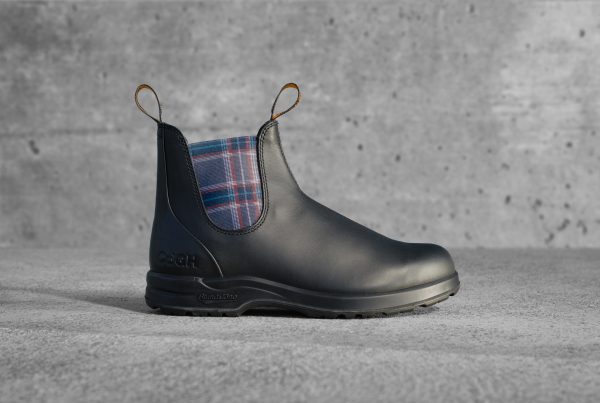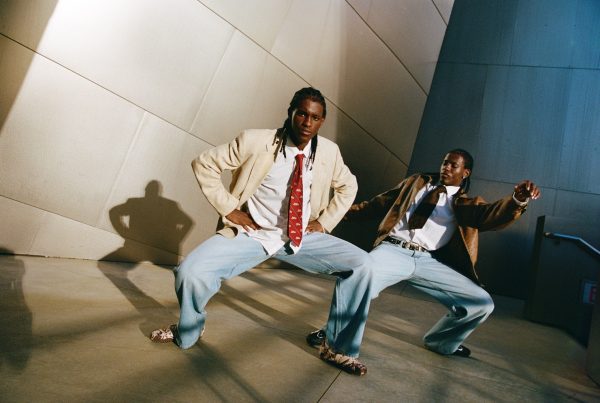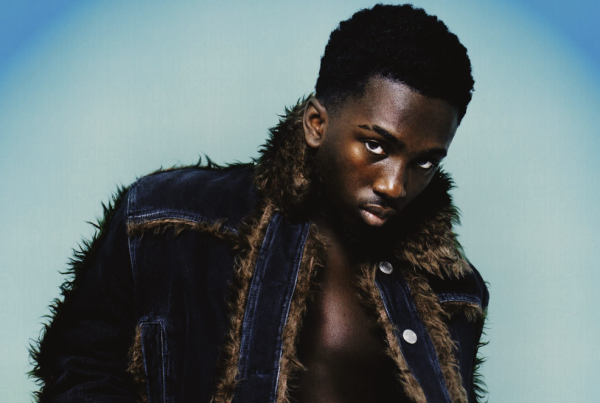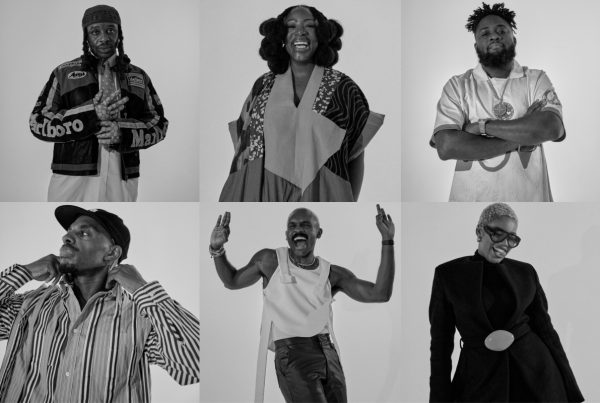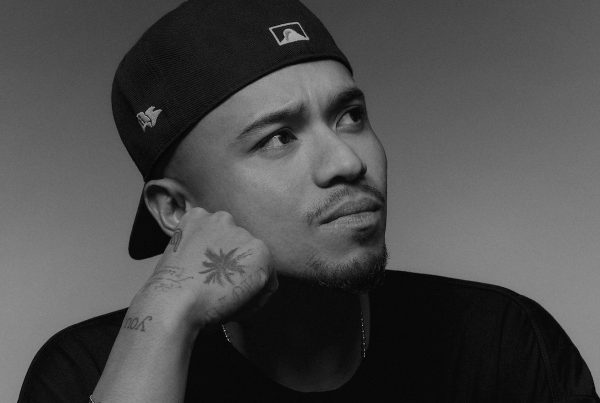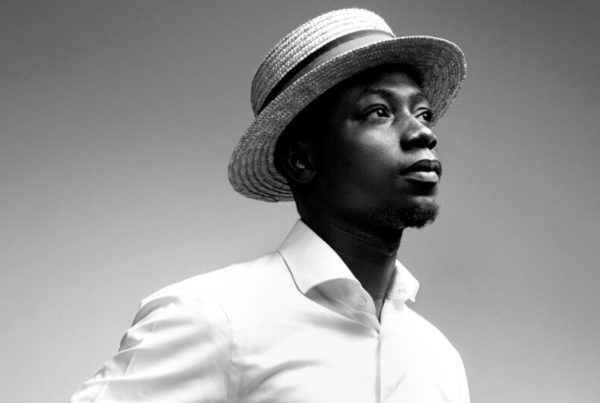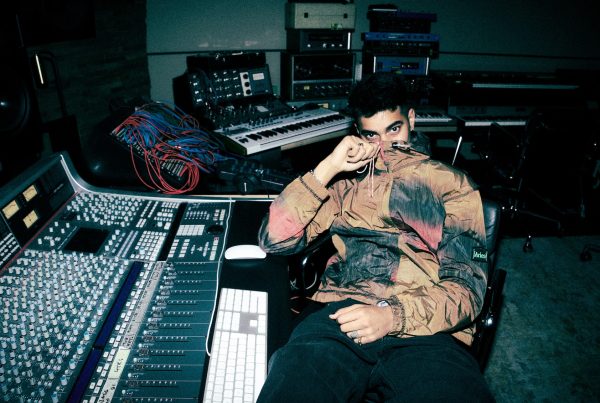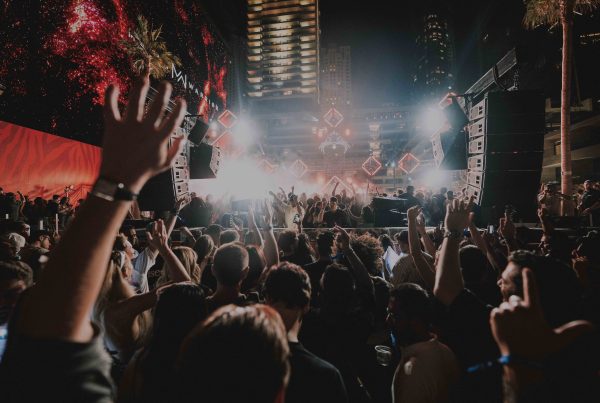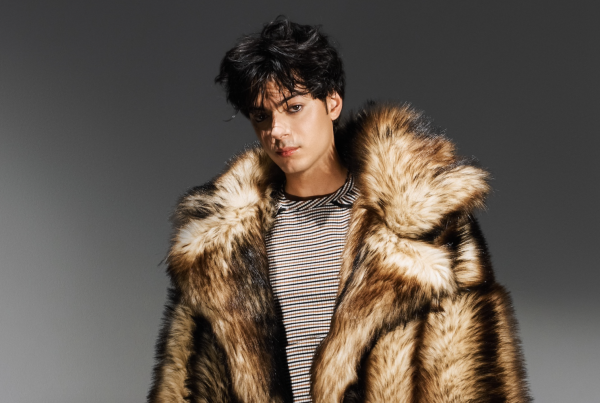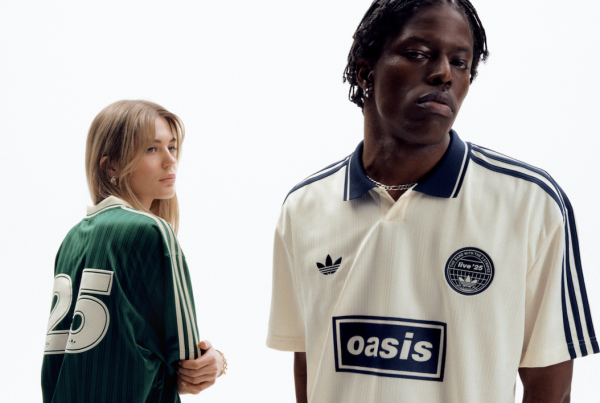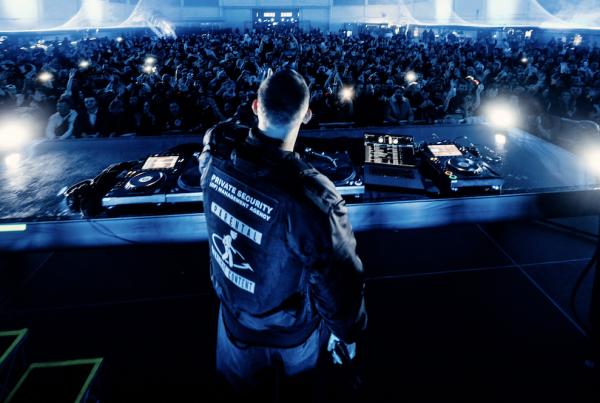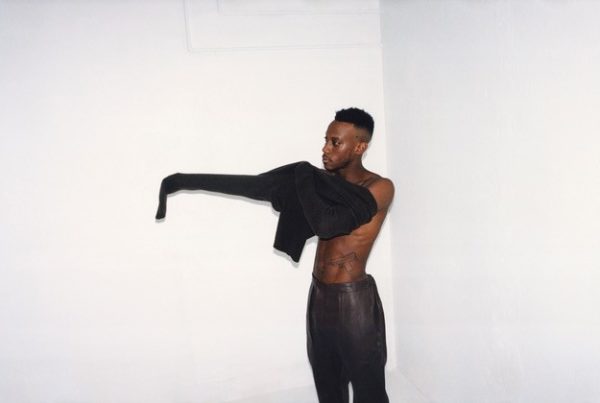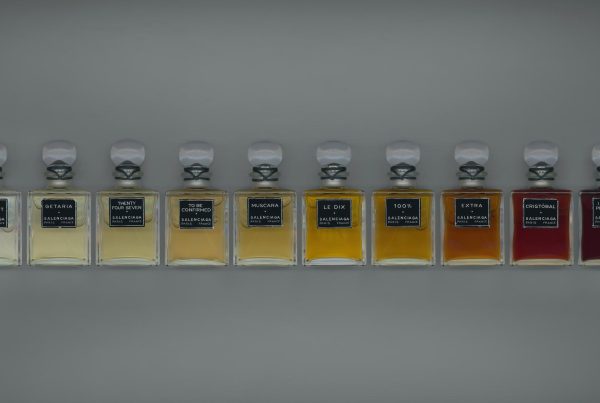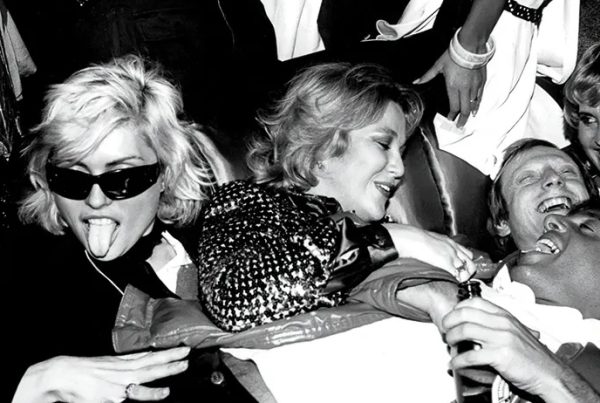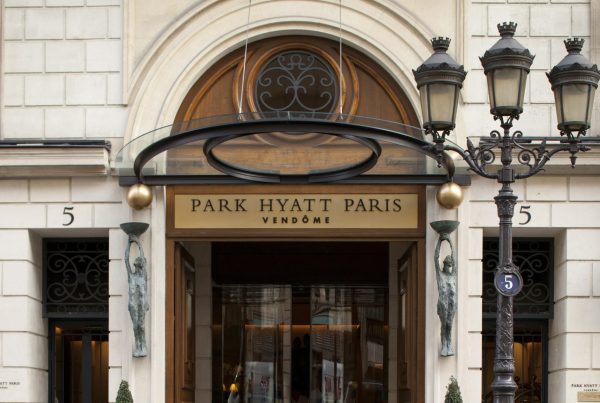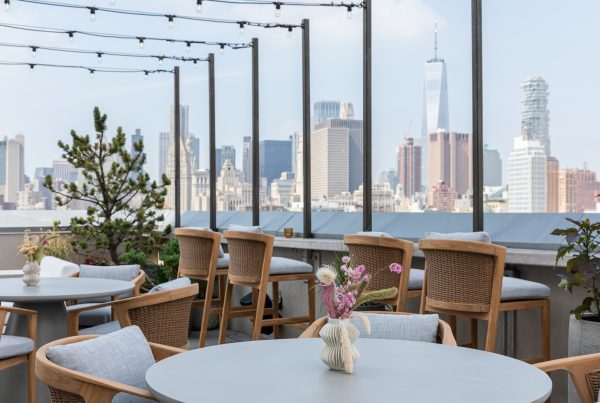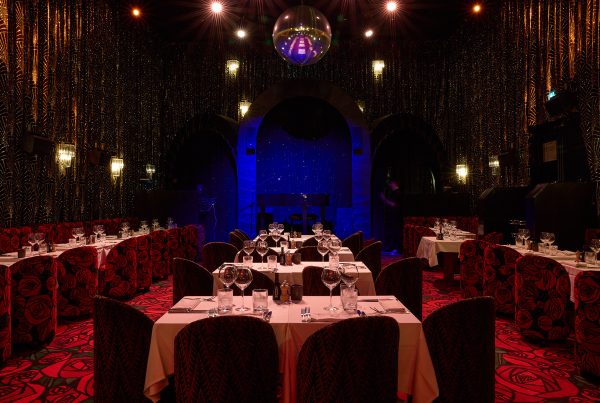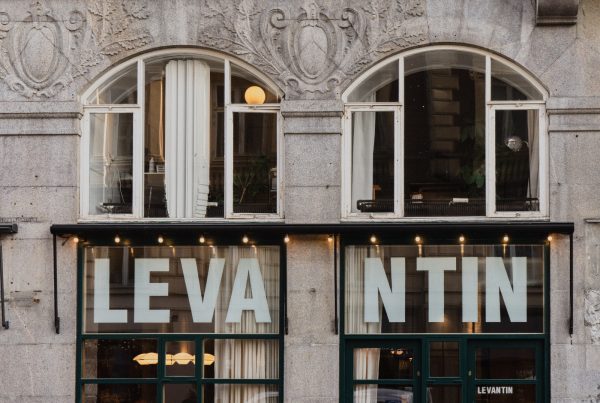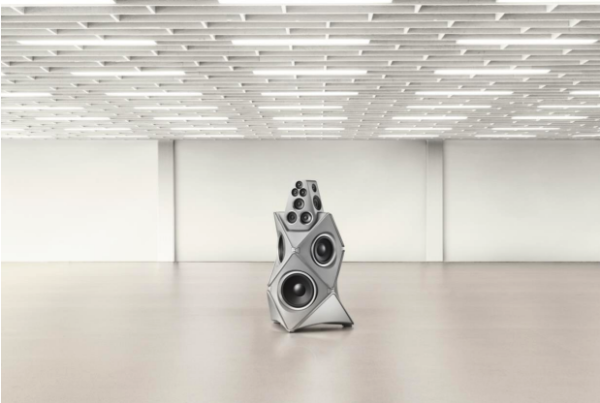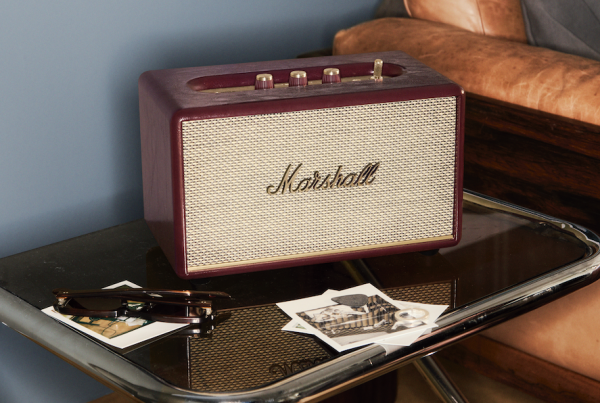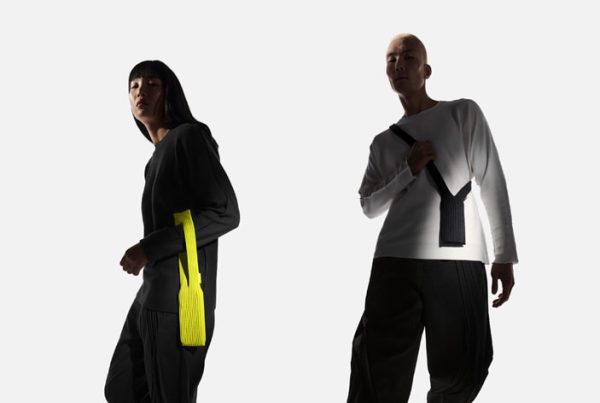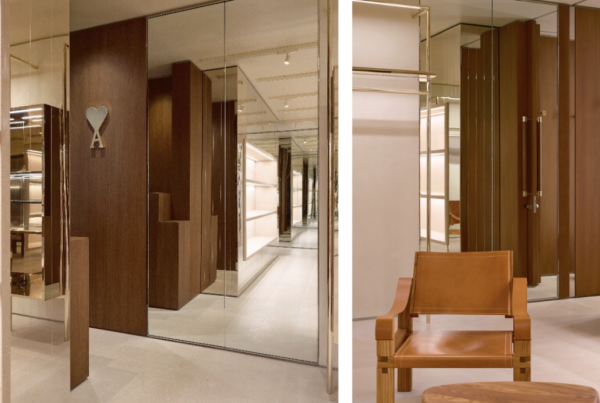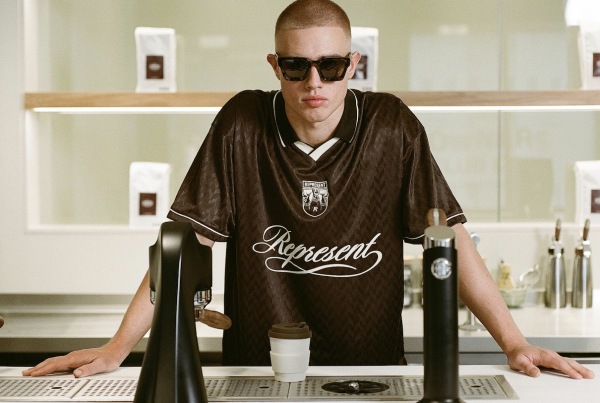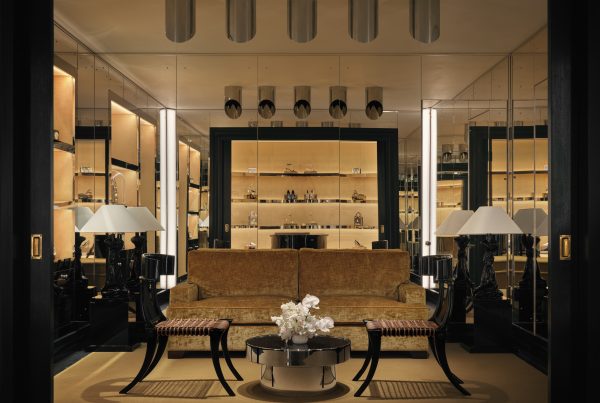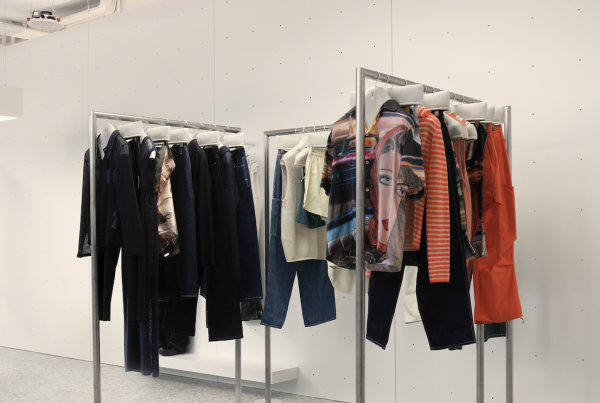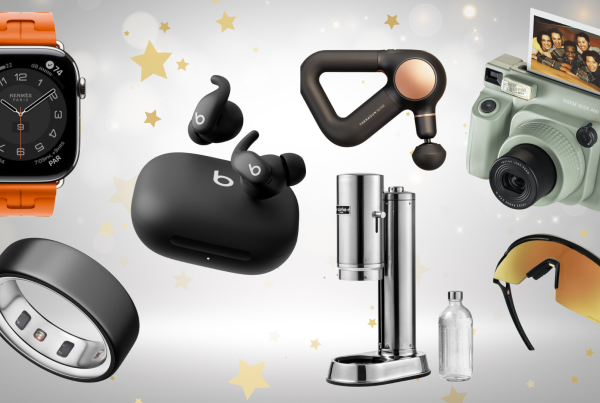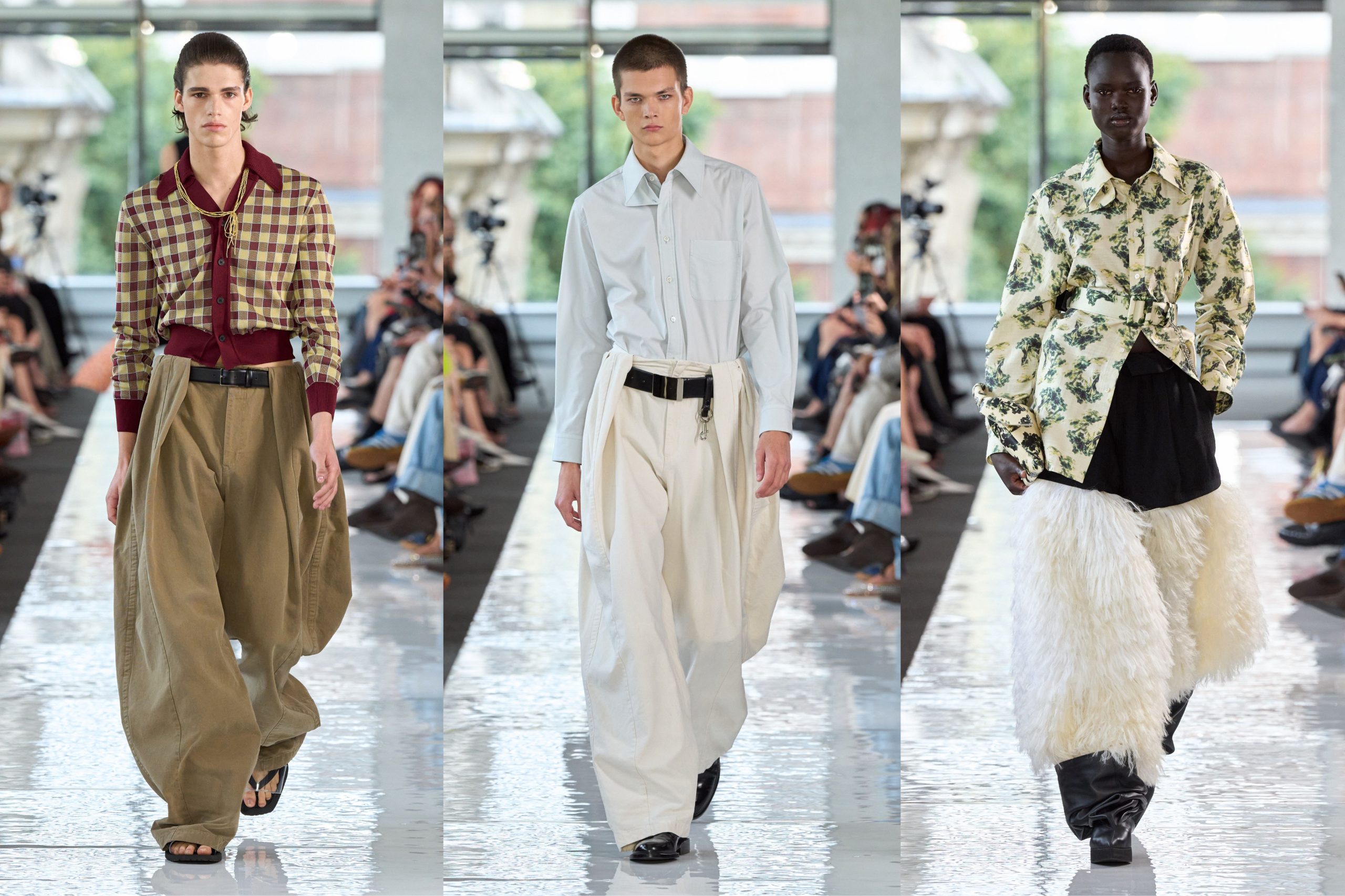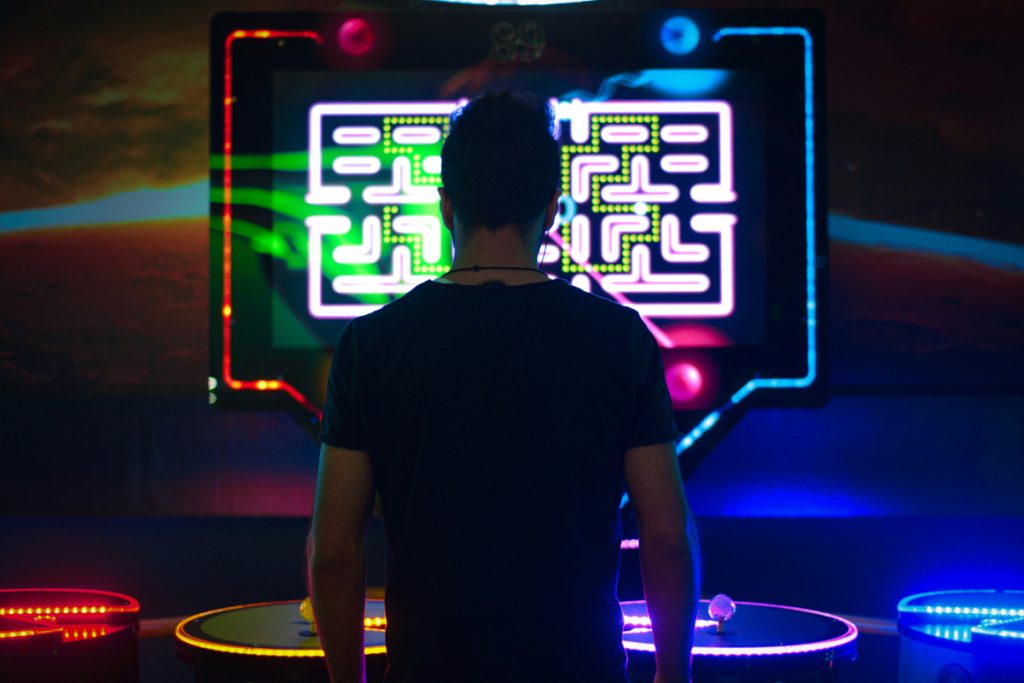 Fashion has always been the ultimate cultural barometer. It’s an instant history book, chronicling our collective obsessions, from the defiant swagger of rock-and-roll to the glamour of cinema icons. Today, that cultural epicenter is definitively digital. The energy, the community, and the compelling spectacles are found when fashion logs in. What began as subtle nods and Easter eggs is now a main stage event. Luxury houses and streetwear giants are no longer just commenting on culture; they are collaborating with digital platforms, transforming game worlds into their newest, most exclusive runways. The story of fashion and gaming is a profound, decades-in-the-making cultural alignment that’s reached its phygital peak.
Fashion has always been the ultimate cultural barometer. It’s an instant history book, chronicling our collective obsessions, from the defiant swagger of rock-and-roll to the glamour of cinema icons. Today, that cultural epicenter is definitively digital. The energy, the community, and the compelling spectacles are found when fashion logs in. What began as subtle nods and Easter eggs is now a main stage event. Luxury houses and streetwear giants are no longer just commenting on culture; they are collaborating with digital platforms, transforming game worlds into their newest, most exclusive runways. The story of fashion and gaming is a profound, decades-in-the-making cultural alignment that’s reached its phygital peak.
From Casino Floors to Digital Catwalks
Gaming’s influence on fashion stretches back to the mid-20th century. In Las Vegas, casinos set the tone for glamour. Tuxedos, cocktail dresses, and statement watches transformed the casino floor into a style stage. Bond films cemented this look, presenting high-stakes games as showcases for elegance.
Other games left their mark, too. Bowling alleys and arcades in the 1960s and 70s gave rise to casual uniforms: varsity jackets, bowling shirts, bold neon. Chessboards inspired iconic checkerboard prints, later reimagined by Vans and Louis Vuitton’s Damier. Even the simple motifs of playing cards made their way into fashion, appearing in capsule drops and playful runway collections.
That glamour and gaming energy eventually shifted online. The transition traded the physical spectacle of the casino floor for curated digital stages, prioritising sophisticated UI/UX design. This aesthetic evolution is clearly reflected across the entire digital betting industry, from major streaming platforms to localised online hubs. Even new UK casino sites, for instance, have adopted this model, favoring sleek, mobile-first platforms where the visual presentation, and more about a refined digital experience, is paramount. This focus on premium digital design mirrors the path of high fashion, which now uses the broader gaming sphere as a cultural runway, merging spectacle with style.
The Timeline of Collaborations
2019–2021: The First Drops
Fashion tested the waters. Louis Vuitton brought high-fashion skins to League of Legends, pairing them with a physical capsule line. Gucci offered an ultra-limited Xbox console, and Balenciaga dropped Fortnite fits in-game and on shelves. These were headline moments, proving fashion could exist in pixels.
2022–2024: Integrated Worlds
Collabs deepened. Burberry stepped into Minecraft with a bespoke digital adventure and capsule collection. Puma entered Roblox with branded worlds that blurred community space and brand storytelling. Balenciaga moved into Need for Speed Mobile in 2024, adding exclusive in-game drops to its streetwear repertoire. Around the same period, LVMH formed a strategic partnership with Epic Games in 2023, embedding Unreal Engine’s AR and AI into luxury. By 2024, Louis Vuitton shows were already experimenting with these tools, making the connection between runway and rendered space impossible to ignore.
2025: The Phygital Moment
This year brought the clearest signals yet. Adidas launched the Ultraboost Peely sneaker, available as both a limited-edition physical release and a Fortnite cosmetic. Nike’s most recent large-scale digital push came in 2024 with Airphoria Vol. 2, a Fortnite world tied to the Air Max Dn shoe line, which has continued shaping Nike’s gaming strategy into 2025. These moves show a shift from novelty to permanence. Fashion is no longer visiting gaming. It is building inside it.
Gaming Tech in High-End Retail
Gaming’s influence on fashion is no longer limited to digital skins or branded consoles. The same technology that powers play is reshaping how luxury houses sell, stage, and tell their stories. The result is a new kind of retail: interactive, hybrid, and designed to feel as seamless as a well-made game.
Virtual Try-Ons and AR Storytelling
Augmented Reality, once a novelty in mobile games, has become a serious tool for high-end retail. Virtual try-ons now let you slip into sneakers, sunglasses, or even beauty products with just a swipe on your phone. Gucci, for example, uses AR in its apps to help customers see how pieces look in real time. The payoff is simple: fewer returns, more confidence, and a digital version of the fitting room.
In physical spaces, AR is pushing storytelling further. Burberry has experimented with window displays that unlock digital content when viewed through a camera. Scan the product and suddenly you see styling suggestions, behind-the-scenes history, or even 3D renderings of collections. It turns a shop floor into something closer to a stage, blending fashion with the immersive thrill of gaming.
Digital Proof and Blockchain Luxury
One of gaming’s biggest exports is the concept of secure, verifiable assets. What started with skins and digital loot is now tackling luxury’s most pressing issues: counterfeits and sustainability.
Digital twins, often minted as NFTs, give customers a cryptographic certificate of ownership alongside a physical product. It is a guarantee that cannot be cloned. Blockchain goes even further, offering complete transparency. A simple scan of a QR code or embedded chip can trace a jacket’s story back to its raw materials, its factory, and its journey to the shop floor. For consumers, that means more trust. For brands, it is a way to prove authenticity and respond to the demand for responsible fashion.
The Phygital Store
The real transformation lies in the fusion of digital and physical. Gaming calls it immersion. Retail calls it the “phygital” journey. Burberry has been leading experiments here, too. Imagine walking into a store where staff already know what you have saved in your virtual wish list. The rail in your dressing room is pre-stocked with those pieces, a direct continuation of your online browsing. It feels curated, personalised, and effortless.
Gamification is also entering luxury spaces. Burberry’s social retail store in Shenzhen built interactivity into the environment: screens that respond to movement, products that unlock exclusive digital content, and a reward system tied to engagement. Every step feels like gameplay, but instead of levelling up an avatar, the prize is access to fashion’s most exclusive corners.
Where Luxury Goes Next
The line between gaming and fashion is dissolving. Augmented reality fittings, blockchain-backed transparency, and gamified stores are not experiments anymore. They are the blueprint for how luxury will move forward. Just as games thrive on immersion and interaction, high-end retail is learning that today’s consumers want more than a product. They want a story they can see, touch, and play.

